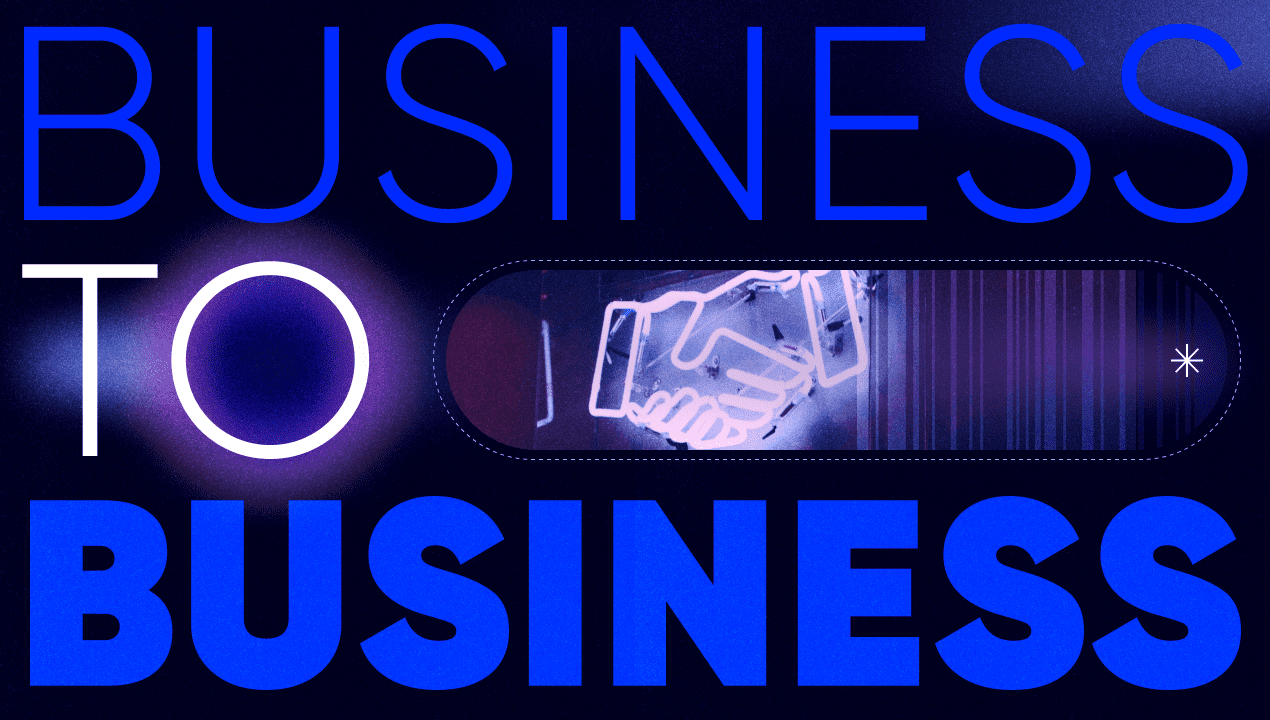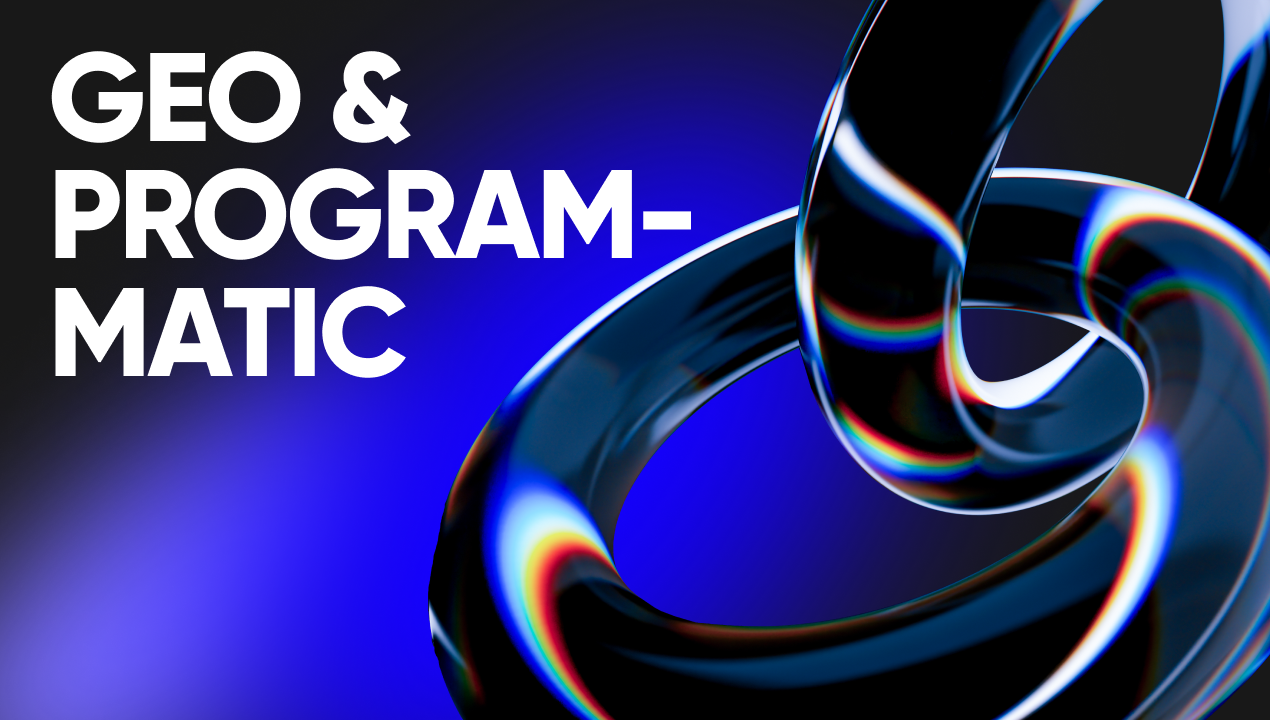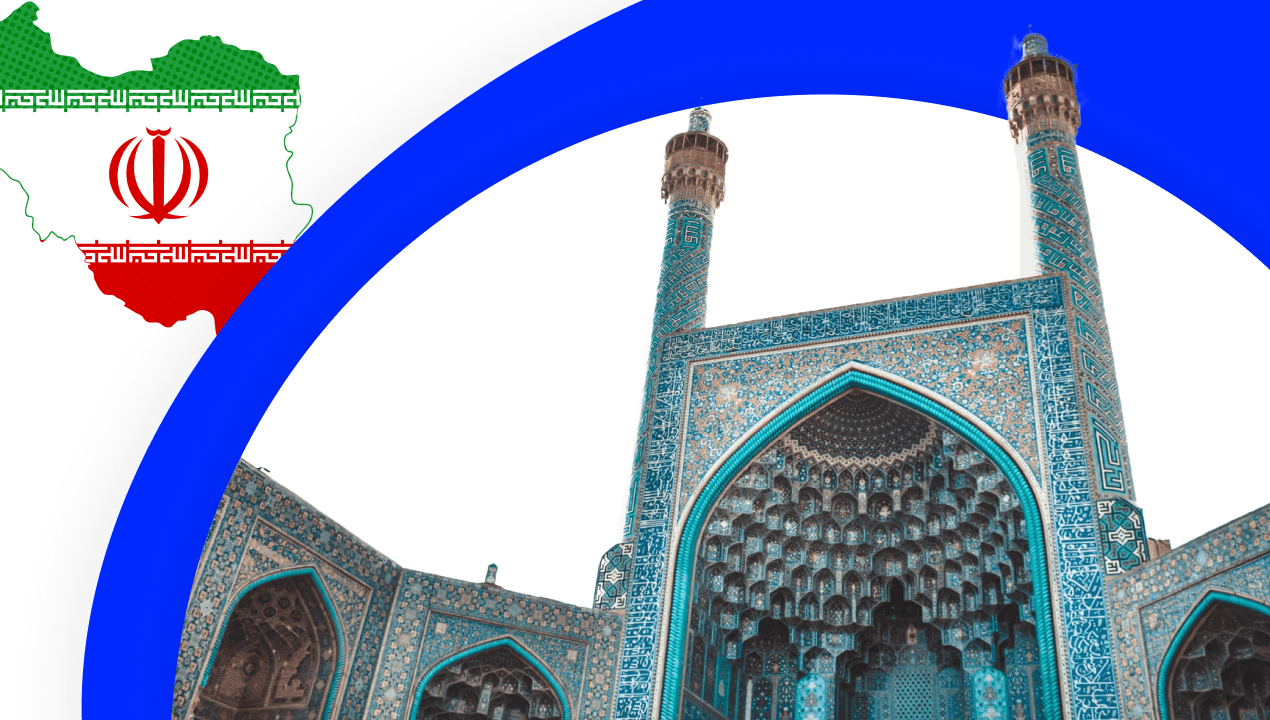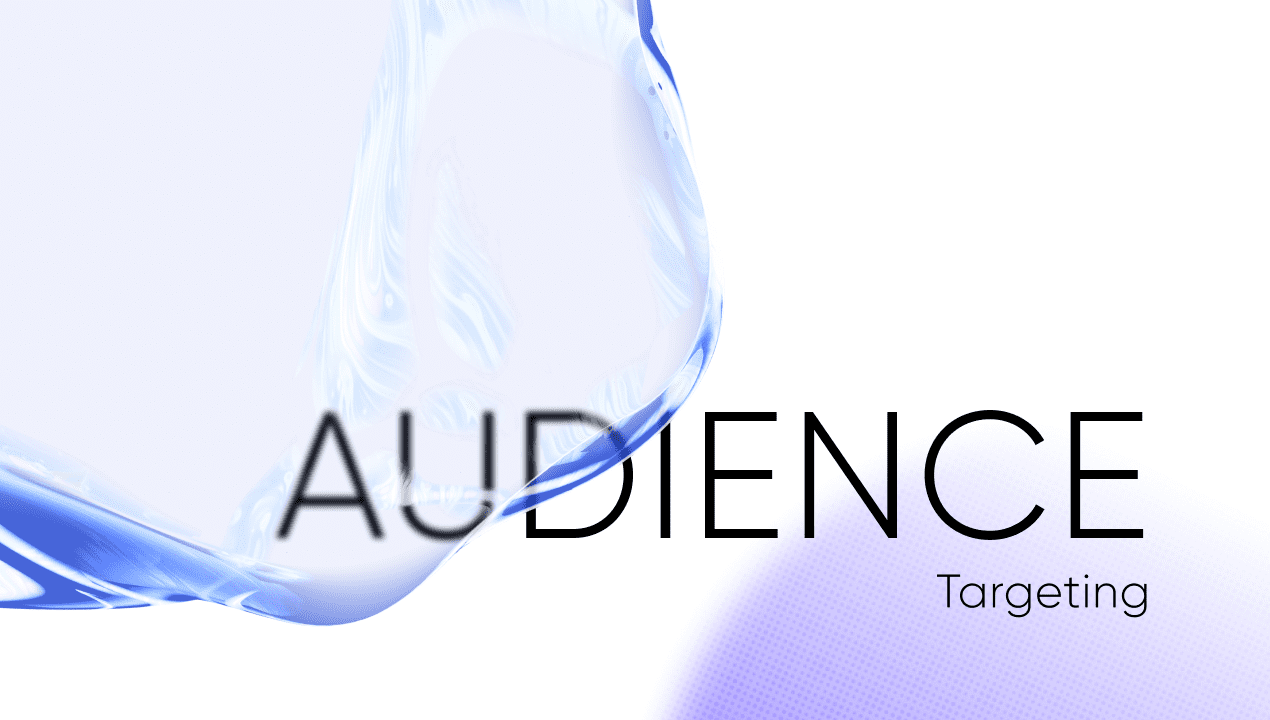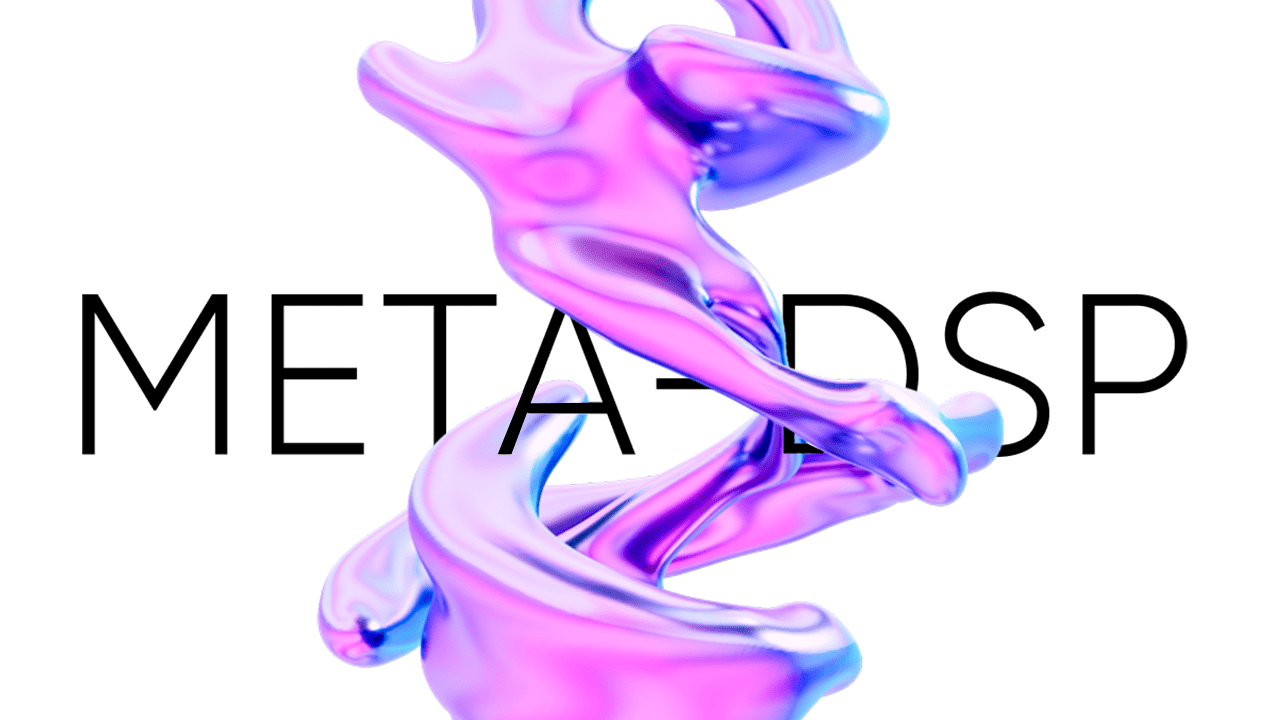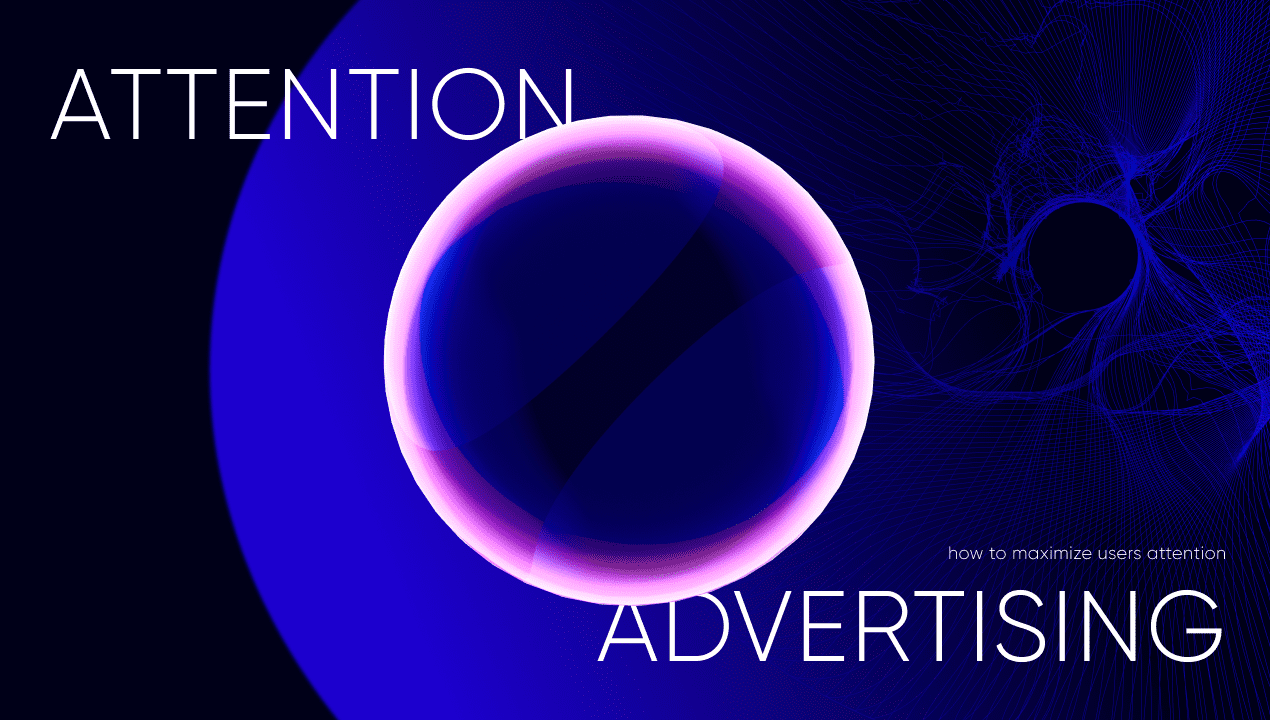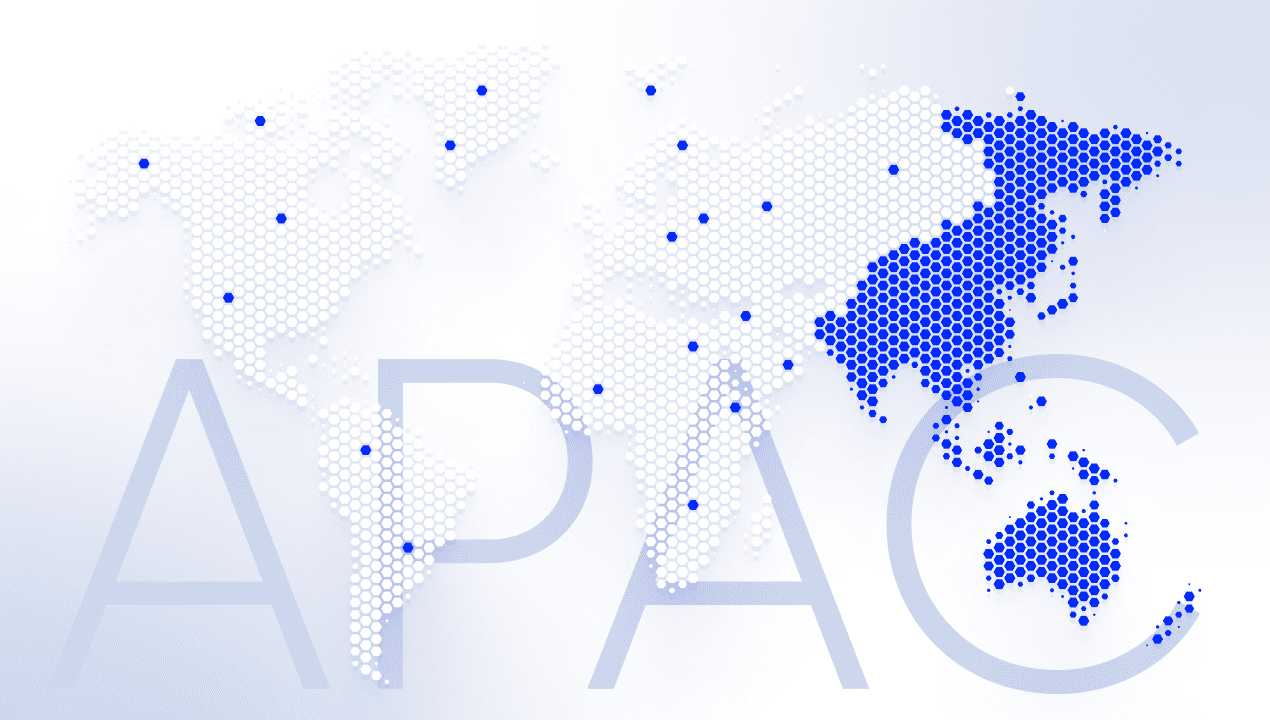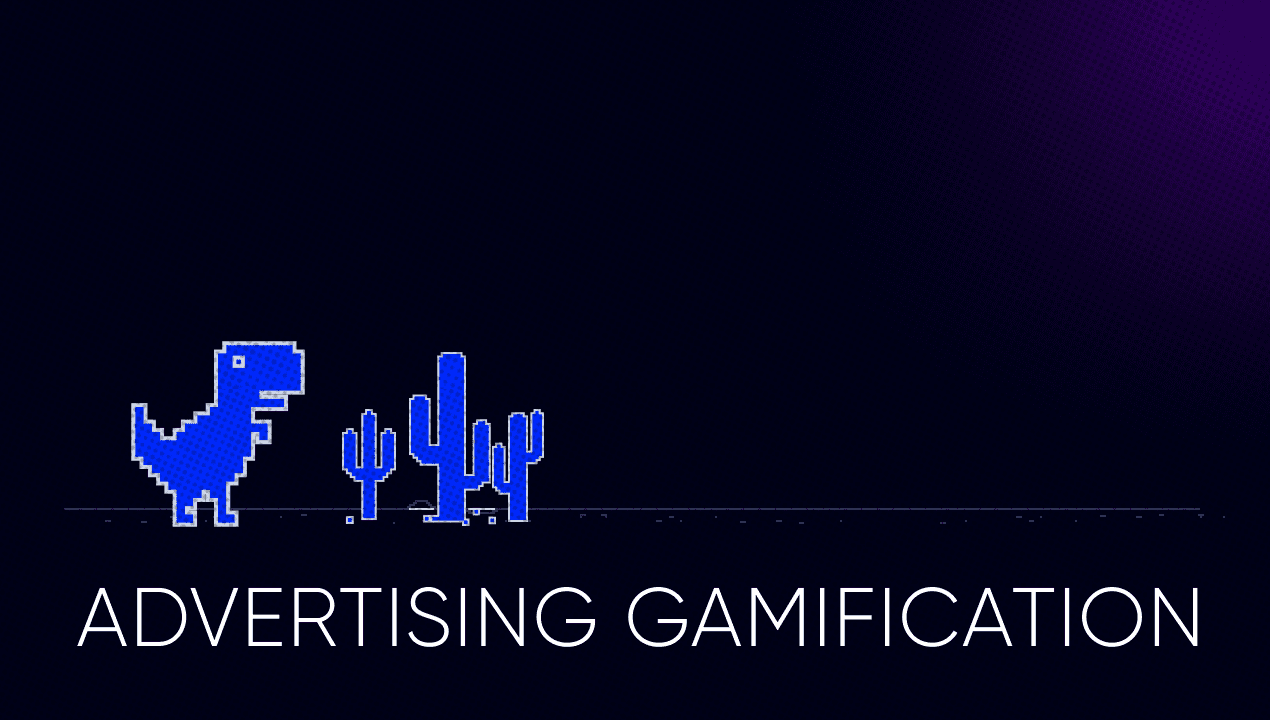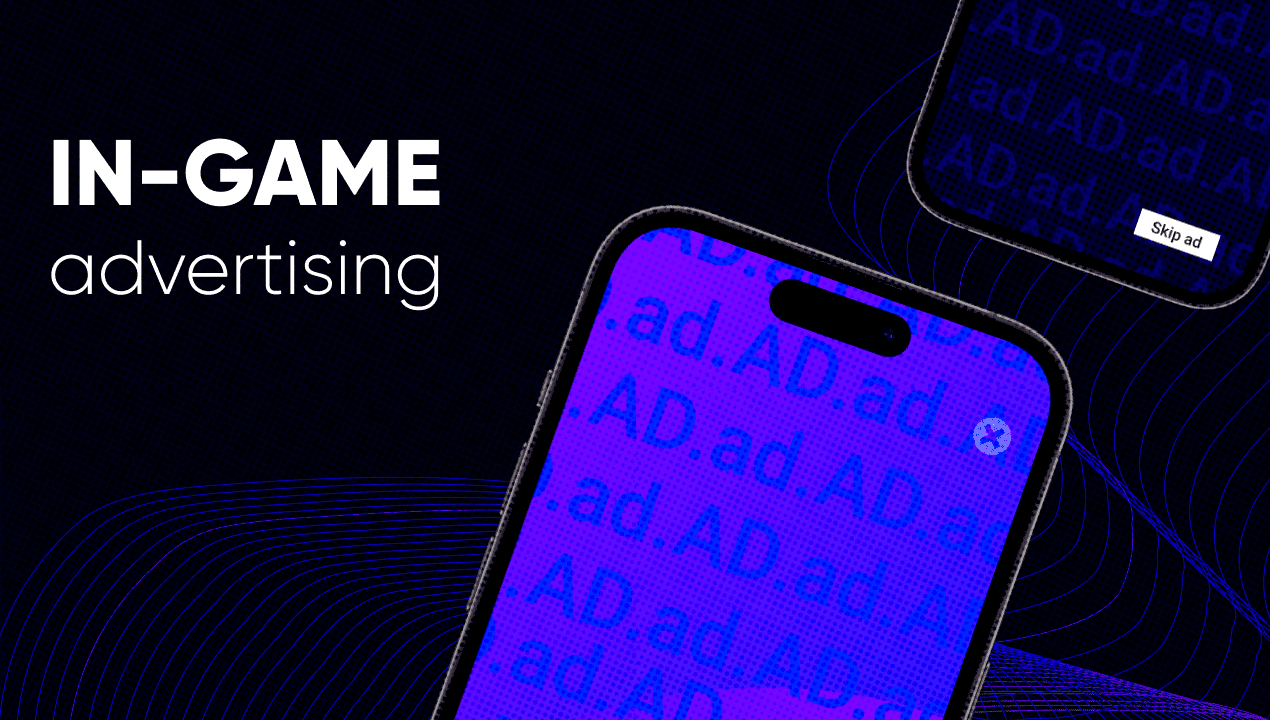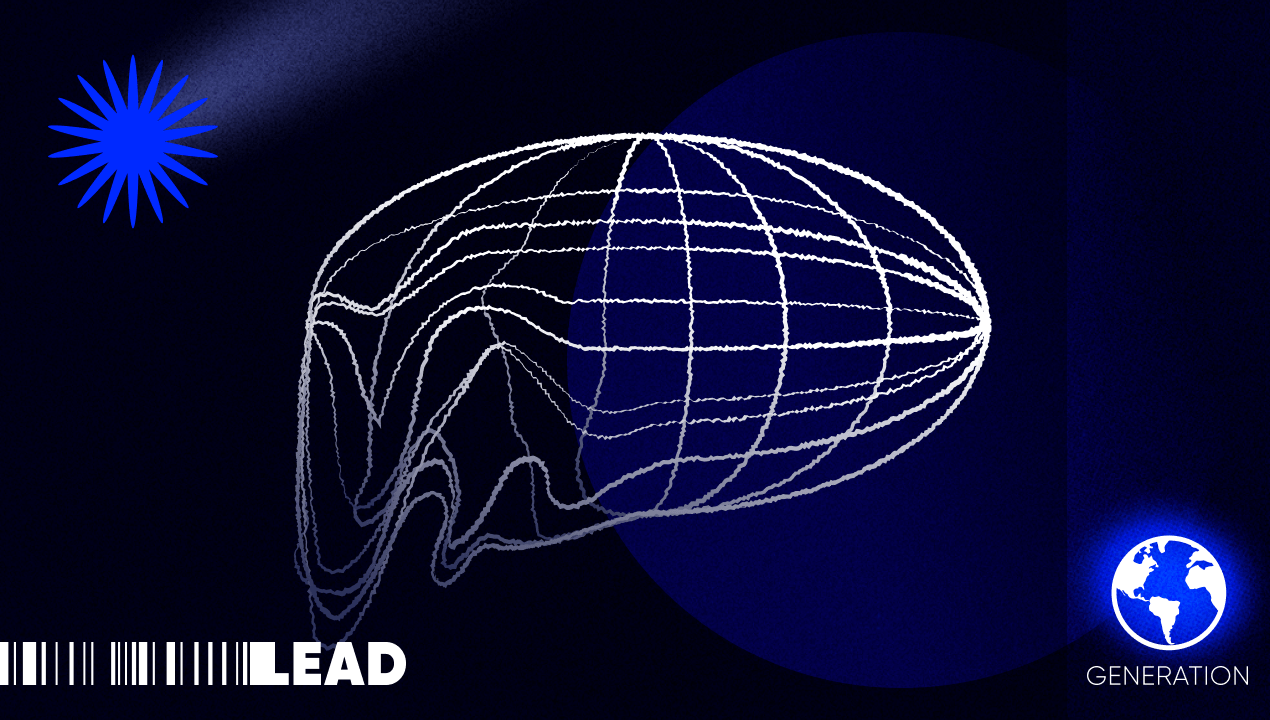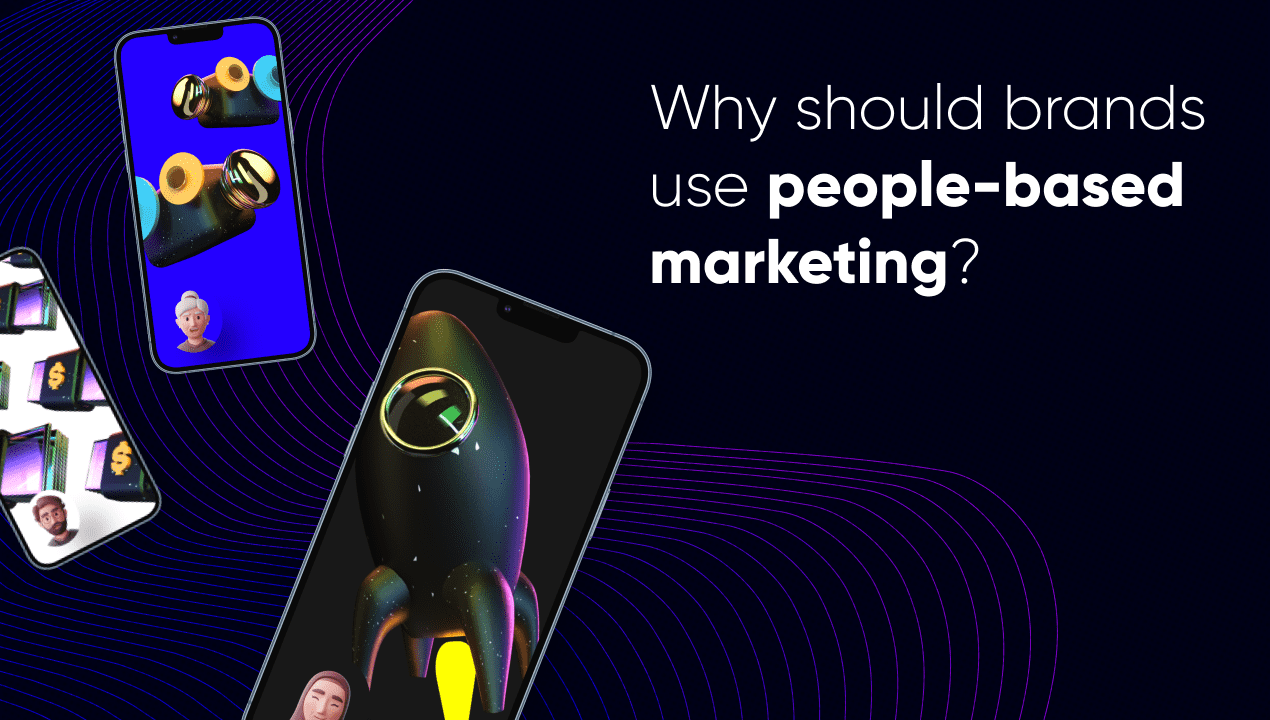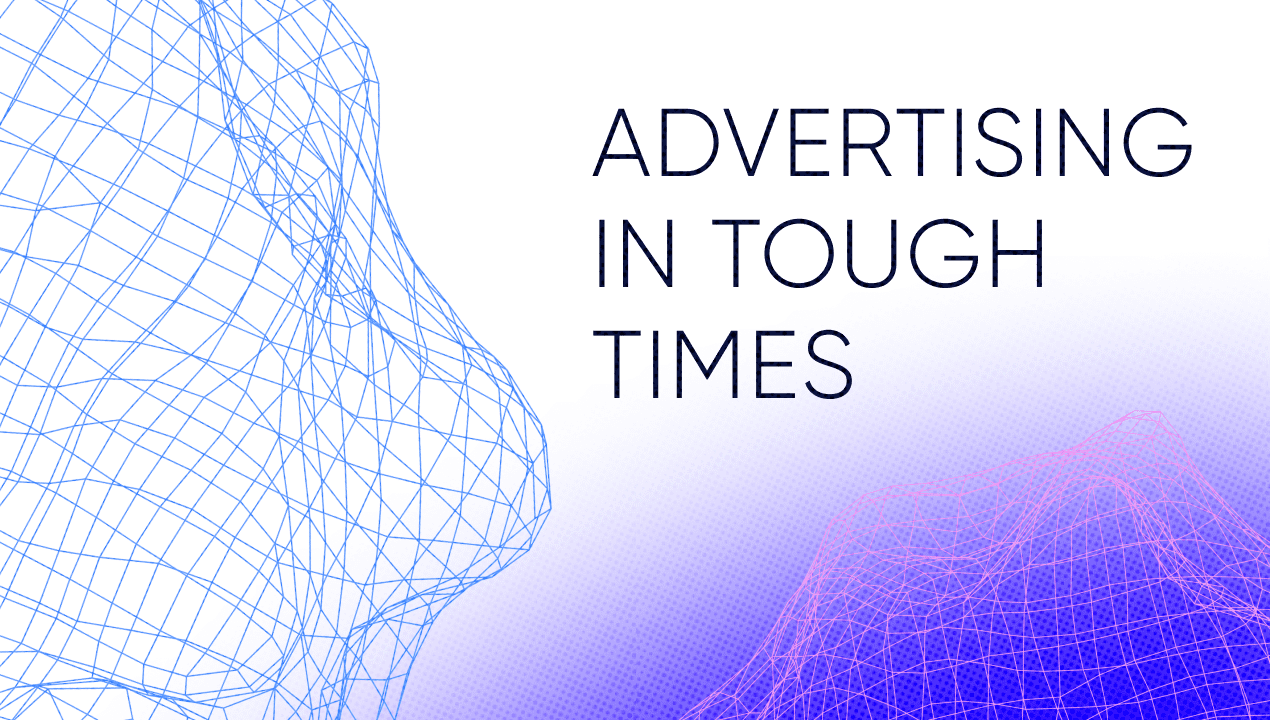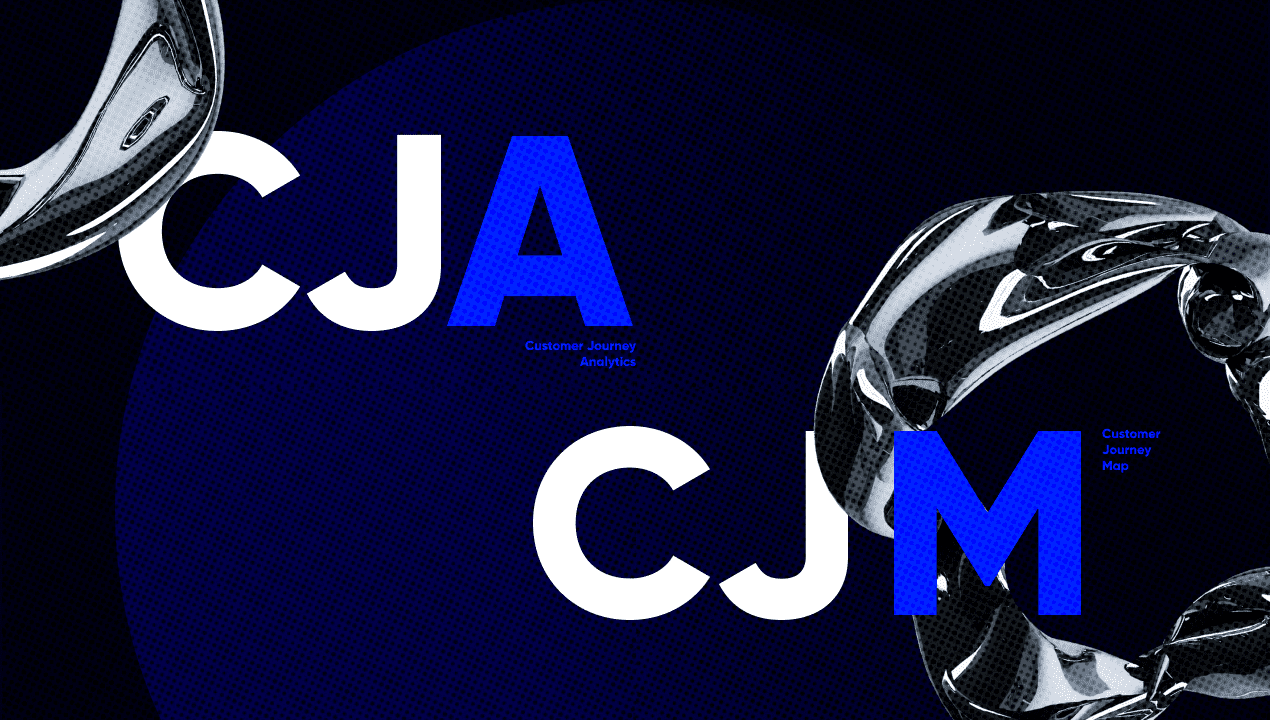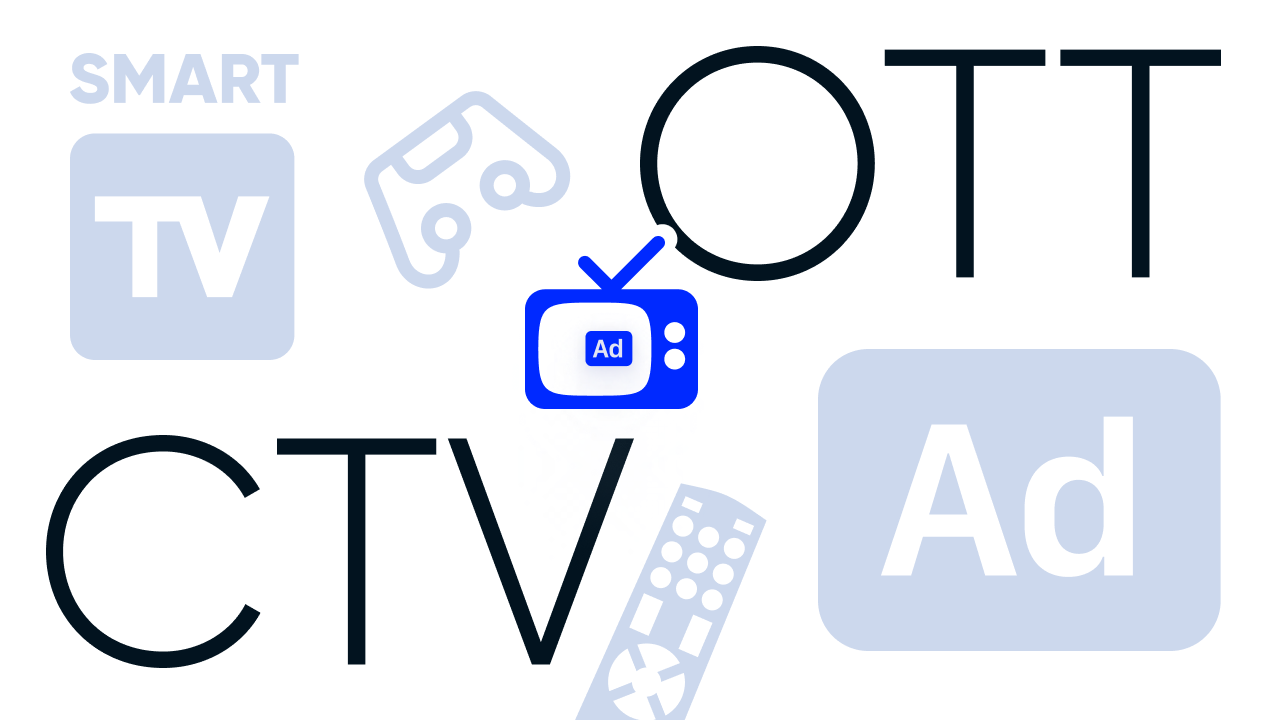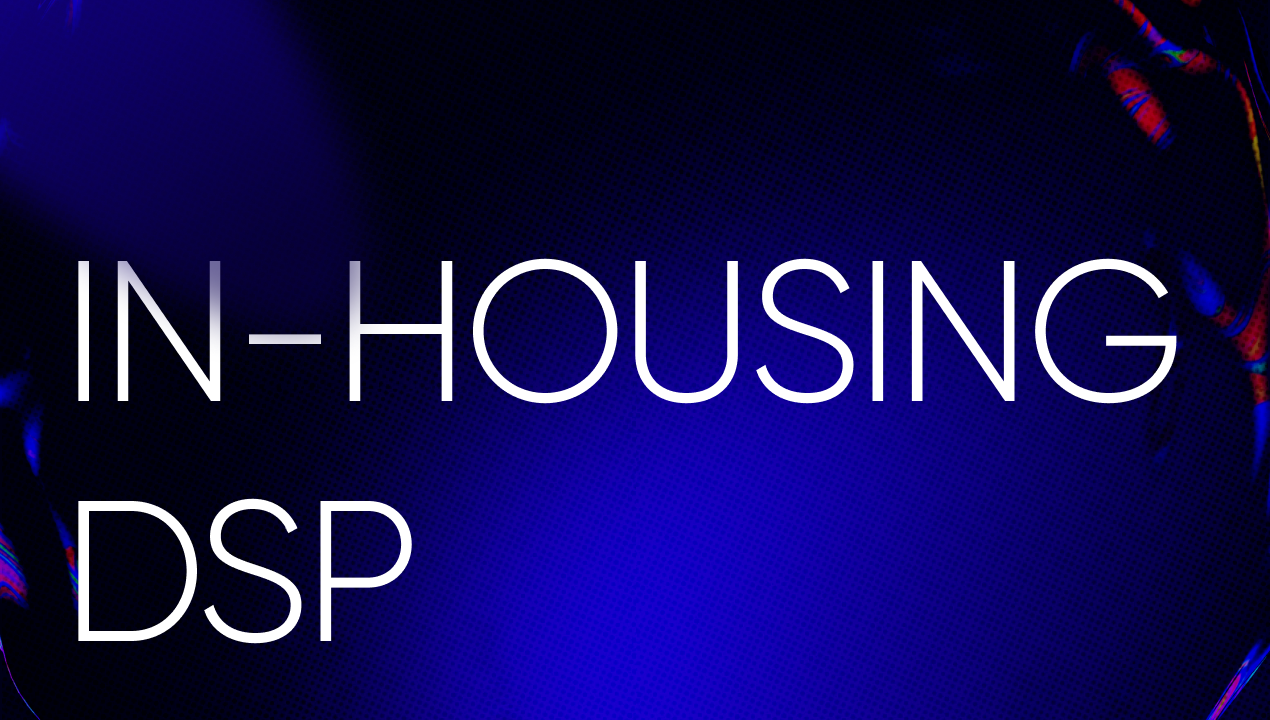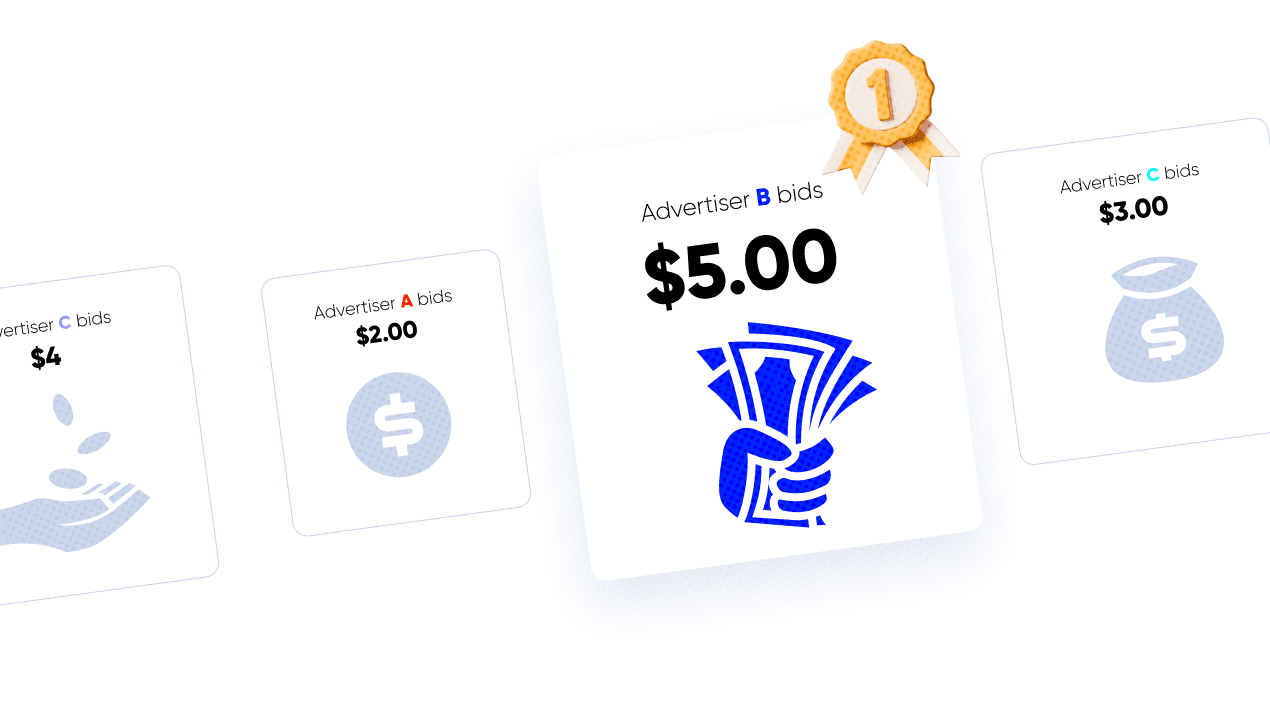
First-price vs second-price auction: what is it and what are the differences
- Author: Lizaveta Zhuk
Over the last few years, digital advertising has undergone significant changes. The onset of Real-Time bidding and programmatic technologies have created a new reality for advertisers and publishers (learn more about RTB and how programmatic works here). But, innovations never stop, so there is a new challenge. Google announced that they had already started to transition publisher inventory for unifield first price auction.

Source: thedrum
Nowadays, it’s essential for brands to learn more about both second-price and first-price auctions to get a clear understanding of what price to pay to get more value from their ads. So, let’s go to basics.
What is a second price auction?
In this type of programmatic media buying, if the bidder wins, he will pay the price offered by the second-highest bidder, plus $0.01. Second price auctions were developed to give advertisers the opportunity to buy ad impressions at optimal price without overpaying. And even more — it gives brands a chance to pay less for impressions than they offered. But these aren’t the only advantages for advertisers.
The main benefits of this type of auction:
- Advertisers can save money to put back into their campaign for wider reach;
- They can collect data about competitors’ bids to optimize their offers and campaign;
- A lot of platforms have already used this auction, so brands can have a positive user experience;
- DSP platforms can respond to marketplace changes and other real-time factors to choose optimal bids. This is essential for advertisers because auctions happen in milliseconds. It is too fast for people.
However brands should consider that they can miss valuable inventory for them because their bid is too low. Also, there is a constant opportunity to remain in obscurity of clearing prices — bids that won in the auction.
In spite of certain features, like pricing floors and allowing the setting of a minimum price, as a general rule publishers can lose revenue in a second-price auction. So the programmatic advertising world is slowly shifting towards finding a balance for both publishers and brands. So that’s why a first-price auction is starting to be adopted.
What is a first price auction?
A first-price auction is a buying model of ad impressions where if a brand’s bid wins, he will pay exactly what he bids. In this type of auction, advertisers and publishers can see the actual cost of the impression and know about fees taken by SSPs or Ad Exchange.
For publishers, the main benefits of the auction is that the revenue potential is high. As advertisers try to bid as much as possible for valuable ad inventory, a publisher will receive the highest offered amount.
First price auction allows brands to get a beneficial inventory that may not be affordable in a second-price auction because the brand’s bid is lost. Thus, brands pay for value — specific sites or audiences, where and whom they want to display an ad. However, it can lead to overprice and a lower demand for that publisher’s inventory. That’s why it is so important to know the fair market value of the current impression, and understand the mechanics of the auction.
Also, first-price auction mechanics are still in implementation, so most DSPs don’t have the technology to distinguish first-price from second-price auction. It can lead to missing essential and valuable ad inventory for buyers.
How does a second-price auction and first-price auction work?
Let’s dive deeper in by looking at a first-price and a second-price auction example.
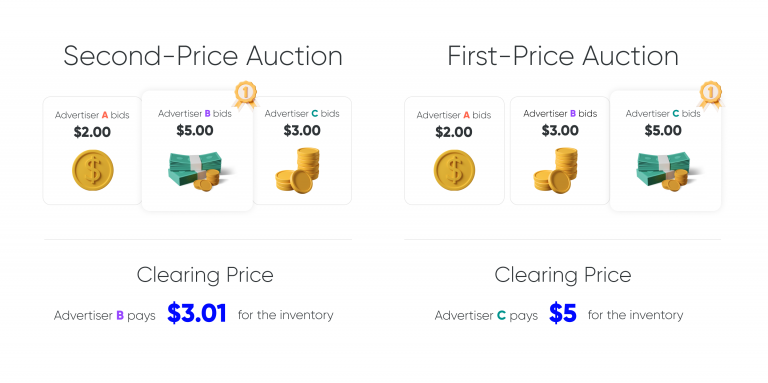
The difference between both is simple. The brand with the highest bid will win in both cases but the price will be different. In the case of a first-auction, the brand will pay what he offered, in the case of a second-auction — the brand pays the second place bid plus one cent.
First-price vs second-price auction:How does first-price auction change the programmatic ad world?
In the world of digital advertising and real-time bidding, one of the main troubles is that Ad Exchanges or SSPs have never utilized a “pure” second price model. Each used their own model with modification to get more profit from deals. For instance, they could use hidden fees. First-price auctions can be a solution for that problem.
The change from second to first-price will concern both brands and publishers. There are a few ways in which these changes can influence the digital ad world:
- No hidden fees. When brands pay exactly what they offer, any extra fees will be open and transparent. Before presenting advertisers the final bills, Ad Exchange will include the total amount to be paid. This will increase confidence on both sides and allow better management of ad budgets.
- Pay for value. When the highest bid is a win price (and a brand will pay it), it makes sense to be thoughtful about places an advertisement will be displayed so brands can choose a better place to connect with their audience. At the same time, publishers will better value their audience, free inventory and appoint an optimal price for them.
- More control. A second-price auction offers a lower price, but with a first-price model, brands get a more predictive price. That allows them to buy a large number of impressions at predictable costs, plan ad budgets as well as media plans. Also, it can potentially build more confidence in the programmatic ecosystem in the eyes of advertisers. After all, they will get what they pay for.
In conclusion
As the digital world searches for a way to create more transparency and more attractive space for both sellers and brands, the switch to the first-price model is only a question of time. A lot of challenges for brands are still ahead, so it makes sense to be ready for a new environment in advance. For instance, you can find a reliable partner that will help you take part in both auctions and maximize your profit.
Read also
